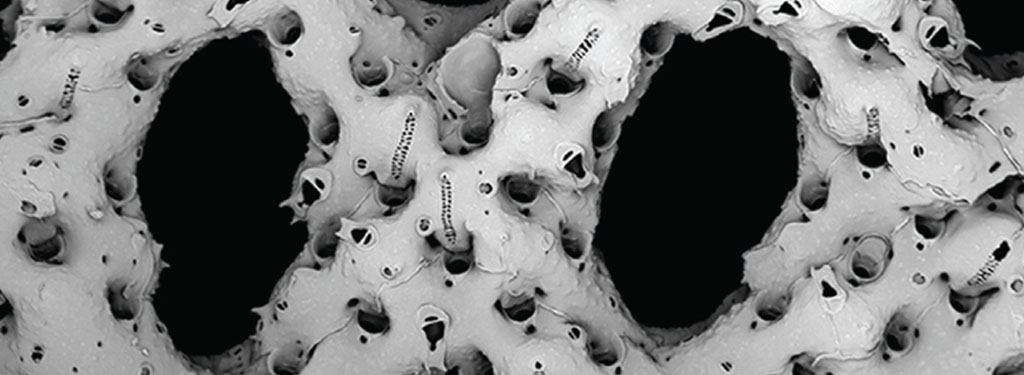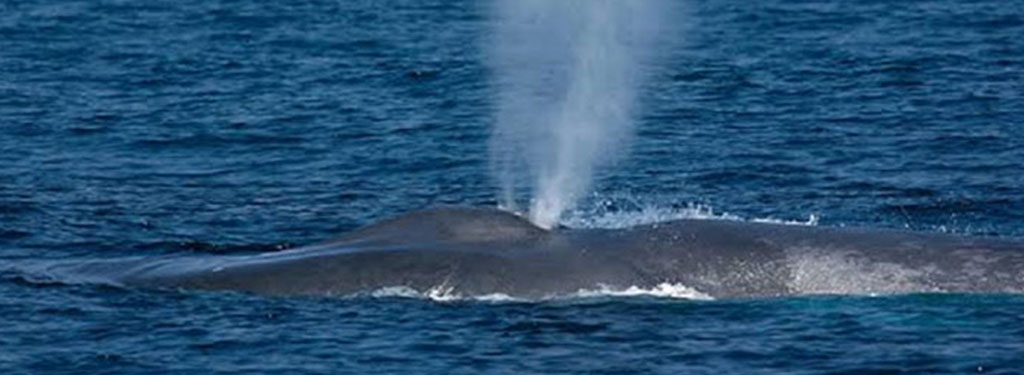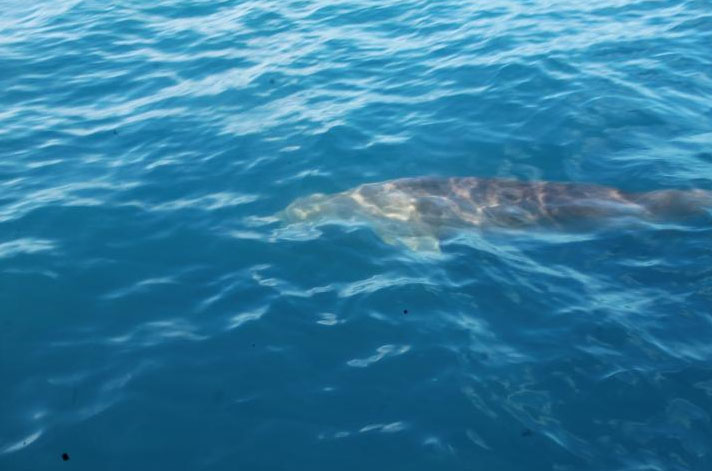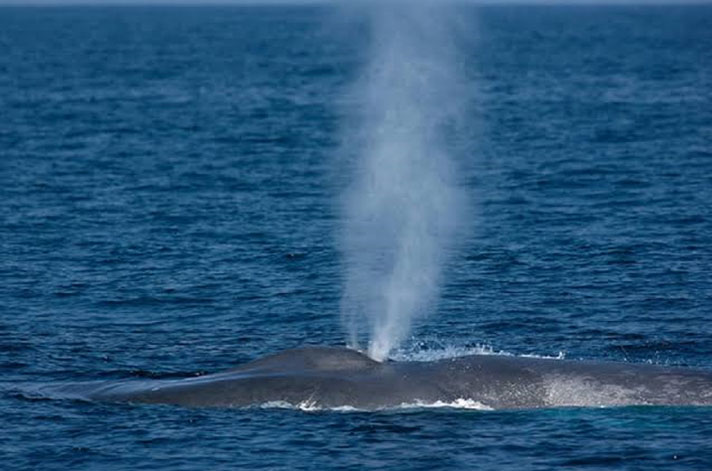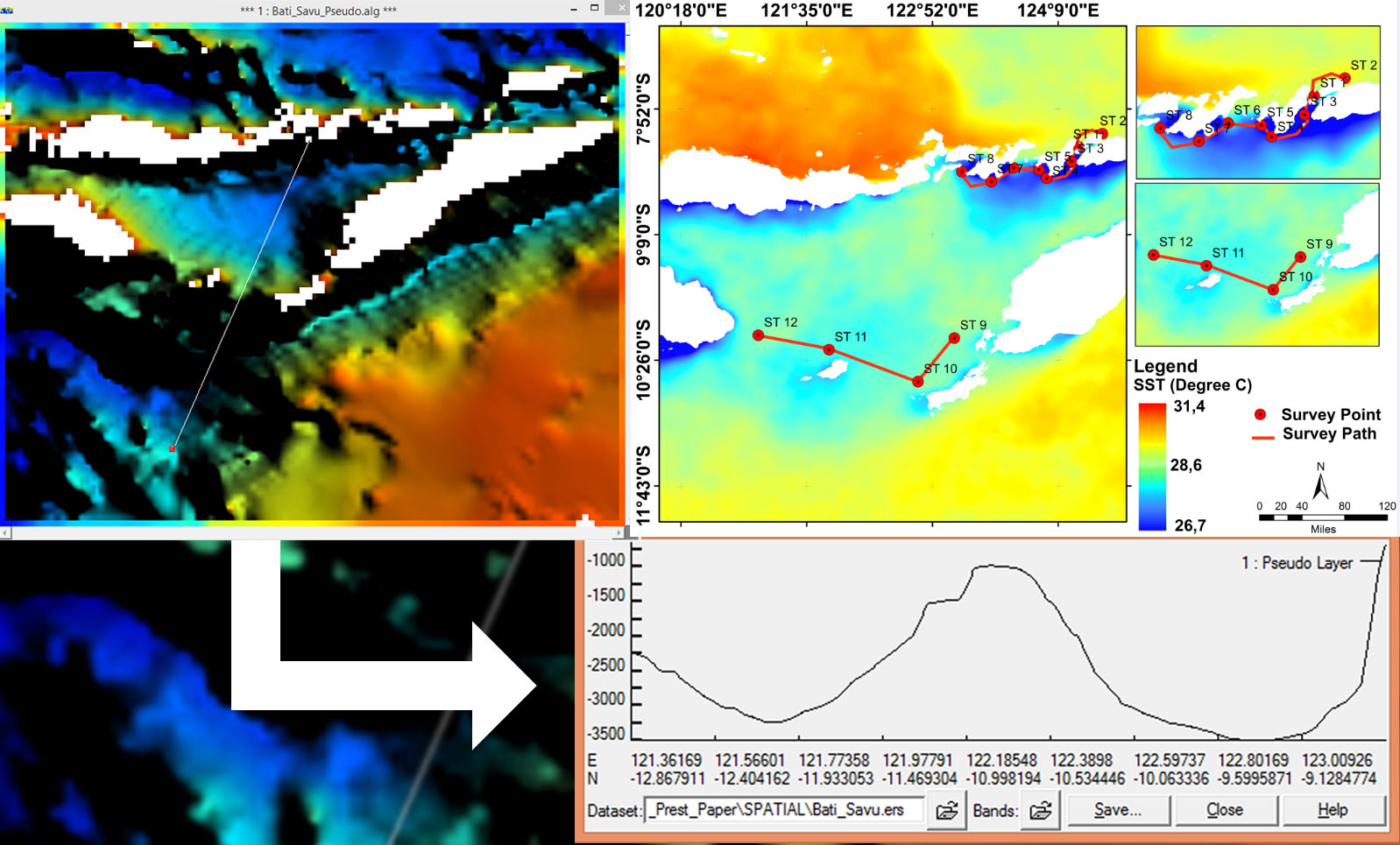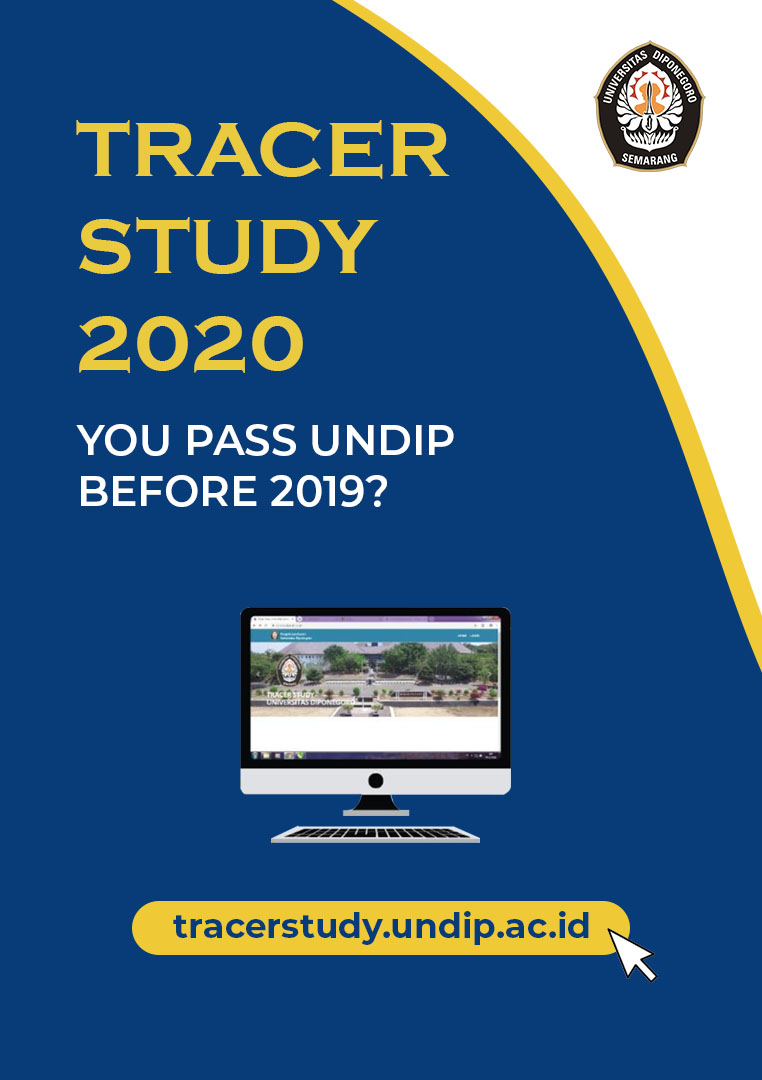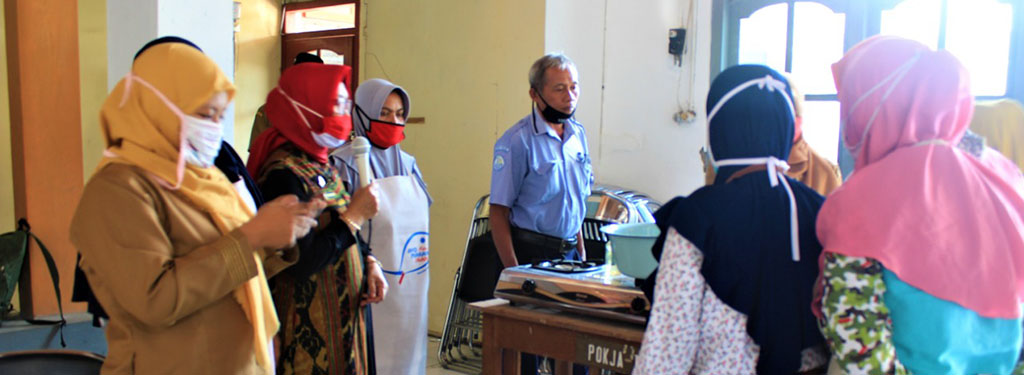
FPIK UNDIP Introduces Liquid Smoke Technology to Small Scale/Micro Industry (UMKM) in Kendal Regency
FPIK, SEMARANG – The Department of Fisheries Product Technology, Faculty of Fisheries and Marine Science (FPIK), Diponegoro University (UNDIP) has conducted training for fish smoking using liquid smoke technology for small scale industry/micro-business (UMKM) in Kendal Regency. This activity was held in Tanjungsari Village, Purwosari District on Monday, September 7th, 2020.
Ir. Sri Harjinto, the Head of the Office (Kadis) of Maritime Affairs and Fisheries (DKP) Kendal Regency and Ir. Gunadi as the Head of Capture Fisheries and the Kendal DKP officials were present at the training event. The resource person from the FPIK UNDIP Fishery Product Technology Department Team in the event were Dr. Ir. Fronthea Swastawati, M.Sc. as Chairman; Prof. Dr. Ir. YS Darmanto, M.Sc.; Romadhon, S.pi., M.Biotek; and Slamet Suharto, S.Pi., M.Si, as team members.
The purpose of this training is to share knowledge about the application of liquid smoke in smoked fish processing, as well as the application of Good Manufacturing Practices (GMP) and Sanitation Operational Standards and Procedures (SSOP) to MSMEs in the processing so that they can produce quality smoked fish products.
“The training participants are expected to be able to produce smoked fish products that are of higher quality, safe, and also fit for consumption because they are kept clean.” explained Dr. Ir. Fronthea Swastawati, M.Sc.
In addition to these materials, they also receive counseling and training on how to pack and market products online, in order to reach a wider potential market and consumers. It is hoped that the increase in marketing of this product can be digital based. Both through social media and market places which are currently popular in the current industrial era 4.0.
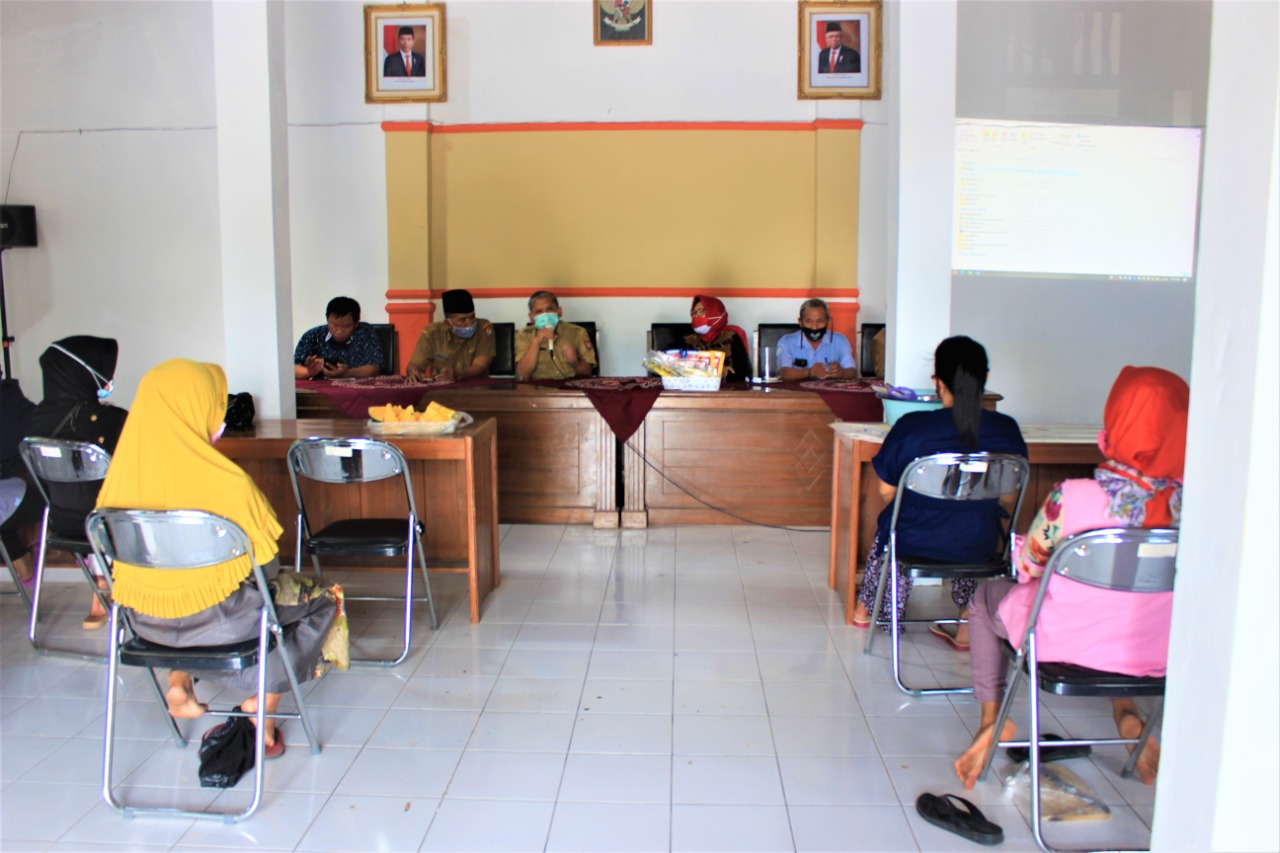
Dr. Ir. Fronthea Swastawati, M.Sc. added, Purwosari District has been the center for the development of fish ponding and smoking businesses in Kendal Regency. Thus, the FPIK UNDIP Fishery Product Technology Department program targets 84 UMKM fish managers located in the villages of the sub-district.
Various types of fish are processed, such as stingray, sea catfish and mackerel. In addition, in several other places, flying fish, salmon, cucut and mackerel are processed. The smoked fish processor is still using traditional smoked fish processing techniques. “So we transfer liquid smoke technology to increase production output and also increase marketing coverage” he said.
Regarding the training program, the Head of Kendal Regency DKP, Ir. Sri. Harjinto appreciated and welcomed the activities carried out by the Department of Fisheries Product Technology, FPIK UNDIP in his area.
According to him, the program is an application of the science and technology of fishery product processing that is really needed by UMKM in smoking fish to encourage the community and increase their welfare. (Adm).

